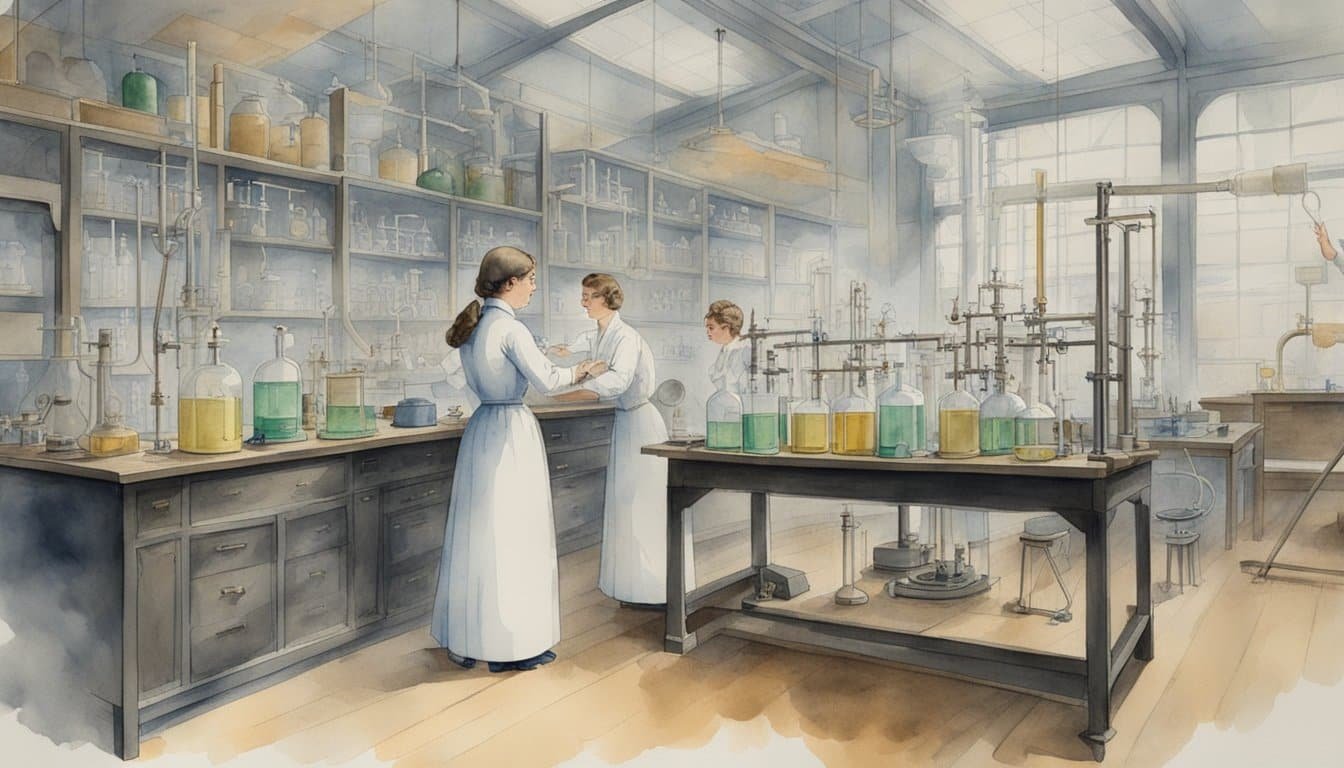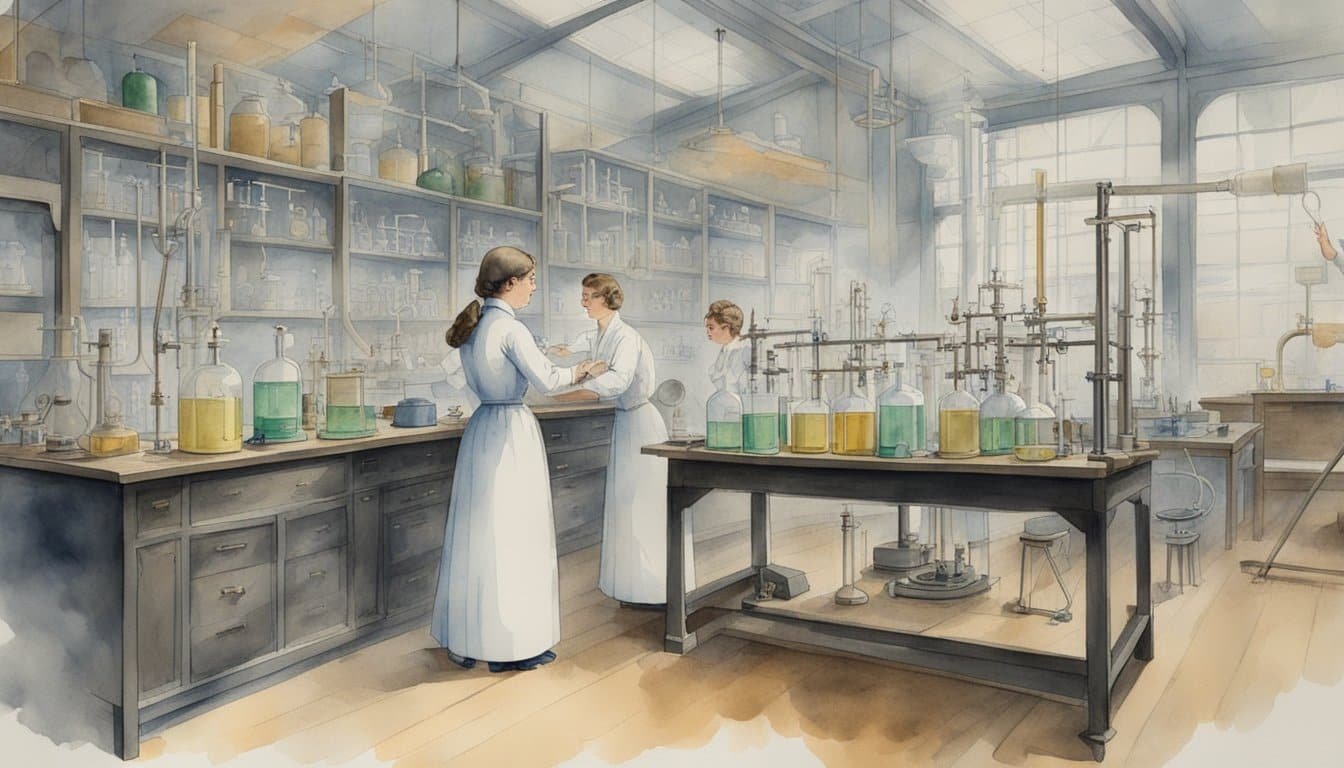Early Life and Education

Eunice Newton Foote was not just any 19th-century woman; her thirst for knowledge carved out a place for her in science history. Born in 1819 in Connecticut, she was fortunate to receive an education that was quite progressive for women of her time.
Troy Female Seminary
In the 1830s, Eunice Newton Foote attended the Troy Female Seminary in New York, now known as the Emma Willard School. It was one of the first educational institutions in the United States that provided girls with an academic curriculum comparable to that available to boys. Here, she was exposed to a wide range of subjects including botany, chemistry, and natural philosophy.
Interest in Science
Foote’s interest in science, especially in the areas of botany and chemistry, was likely sparked by Amos Eaton, a co-founder of the Rensselaer Polytechnic Institute and an influential figure in the Troy Female Seminary’s science curriculum. Her education went beyond the sciences to encompass music, literature, and philosophy, giving her a well-rounded foundation that would later support her scientific inquiries.
Scientific Contributions and Discoveries
Eunice Newton Foote’s scientific endeavors were pivotal for early climate science, particularly her experiments that discreetly laid the groundwork for the greenhouse effect theory and studies on atmospheric gases.
Pioneering Work on Greenhouse Effect
In 1856, Eunice Newton Foote conducted an experiment that revealed the warming effect of the sun’s rays on different gases. She hypothesized that changing the proportion of carbon dioxide in the atmosphere would change the Earth’s temperature. This work predates similar experiments by famous physicist John Tyndall, effectively making her one of the first scientists to connect carbon dioxide with climate warming.
Research on Gases and High Temperatures
Foote’s experiments went further to investigate the impact of high temperatures on various gases. She discovered that, at increased temperatures, carbon dioxide absorbed much more heat than the air or oxygen, leading to theories about its substantial role in Earth’s heat retention.
Publications in American Journal of Science and Arts
Her scientific work, including the experiment findings on the greenhouse gas effect, was presented at an 1856 meeting of the American Association for the Advancement of Science and thereafter published in the American Journal of Science and Arts. These publications are critical pieces in the historical understanding of climate science, marking a significant contribution from a female scientist in an era where women’s scientific work was rarely acknowledged.
Advocacy and Legacy

Eunice Newton Foote’s contributions extend beyond her scientific endeavors, encompassing significant involvement in the women’s rights movement and leaving a legacy that inspires future generations.
Role in Women’s Rights Movement
Eunice Newton Foote was an active participant in the burgeoning women’s rights campaign of the 19th century. She not only attended the Seneca Falls Convention in 1848, a pivotal event in the fight for women’s rights, but also served on its editorial committee. During this historic meeting, the Declaration of Sentiments, a document declaring the equality of women and men, was presented and signed by attendees, including Foote. The convention marked the launch of the organized women’s rights movement, in which key figures like Elizabeth Cady Stanton emerged as leaders.
Recognition and Impact on Future Generations
Foote’s work suffered from the same discrimination that many female scientists of her time faced. Despite this, her initiatives in both science and the fight for equality have laid groundwork for increased inclusion of women in STEM fields. Eunice Newton Foote is today celebrated alongside other groundbreaking women in science, such as Rosalind Franklin, Katherine Johnson, Mary Jackson, and organizations like NOAA that advocate for women’s involvement in climate research. The recognition of her work has influenced the commitment to elevate the role of women in climate science, highlighting her scientific foresight and the importance of diversity in the environmental movement. Her legacy encourages continuous support for the presence and recognition of women in all scientific domains.

